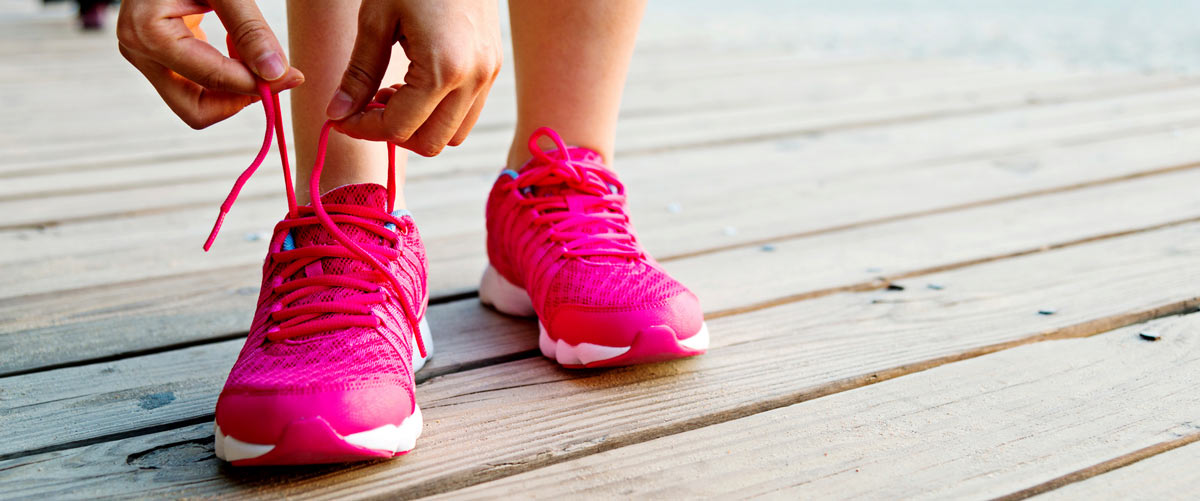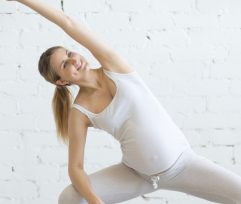It is always very exciting to start getting back into a workout routine, and typically this journey starts with a new pair of running shoes. If you are going to be running a lot it is very important to get a shoe that supports your foot and helps avoid you from potential injury. Many people don’t realize that there are specific factors you should look for when buying a running shoe, and their bodies begin to suffer. Although we typically want the best looking shoe, realize that your body hits the ground with force greater than two times your own body weight. You should focus on the shoe that is built with higher quality, and lightweight materials that help lessen this impact. Sometimes the price tag may scare you a bit but trust that the shoe will save you a boatload later in potential doctor and physical therapy bills. Here are six things to look for when buying your next pair of running shoes:
1. Heel
When your shoes are laced up but not tied you should be able to slide your foot out, your heel should fit snug but not tight. When you run you should lace your shoe up through the final eyelet so you minimize slippage. There will be some heel movement when you run but it should not be uncomfortable. You should lightly jog in the shoe store to make sure your feet are comfortable.
2. Instep
Your foot should feel snug and secure around your instep, if you feel pressure and tightness then you need more space. If you find a great running shoe that has hot spots or pressure under the laces try lacing it up a different way before choosing another shoe.
3. Width
In the shoes forefoot you should be able to move your foot side to side without crossing over the edge of the insole. Make sure you can pinch a quarter inch of upper material along the widest part of your foot. You will know if the shoe is too narrow if you can feel the base of your little toe sitting on the edge of the shoe.
4. Length
When you run your feet will swell and lengthen, so make sure you can fit a thumb’s width of space between your longest toe and the end of the shoe. While you stand with your shoes laced up a friend or a shoe fitter can measure this. You should also be able to wiggle your toes freely up and down to prevent against issues with the front of your foot such as bruising your toes.
5. Feel
You must make sure you find a shoe that matches your foot’s movements and that contours. It is difficult to get a good feel by just standing up, jog in your shoes down the sidewalk or on the store’s treadmill to get a more realistic feel of your shoes. It is important for your shoe to complement and support your stride, not alter it. If your arch is cramping pick a shoe with less support.
6. Flex
When buying a shoe you should check the shoes flex point by holding the heel and pressing the tip of your shoe into the floor. The shoe should bend and crease at the same line your foot flexes. When the flex point is improperly aligned you can create arch pain, Achilles-tendon strain, as well as calf strain.




